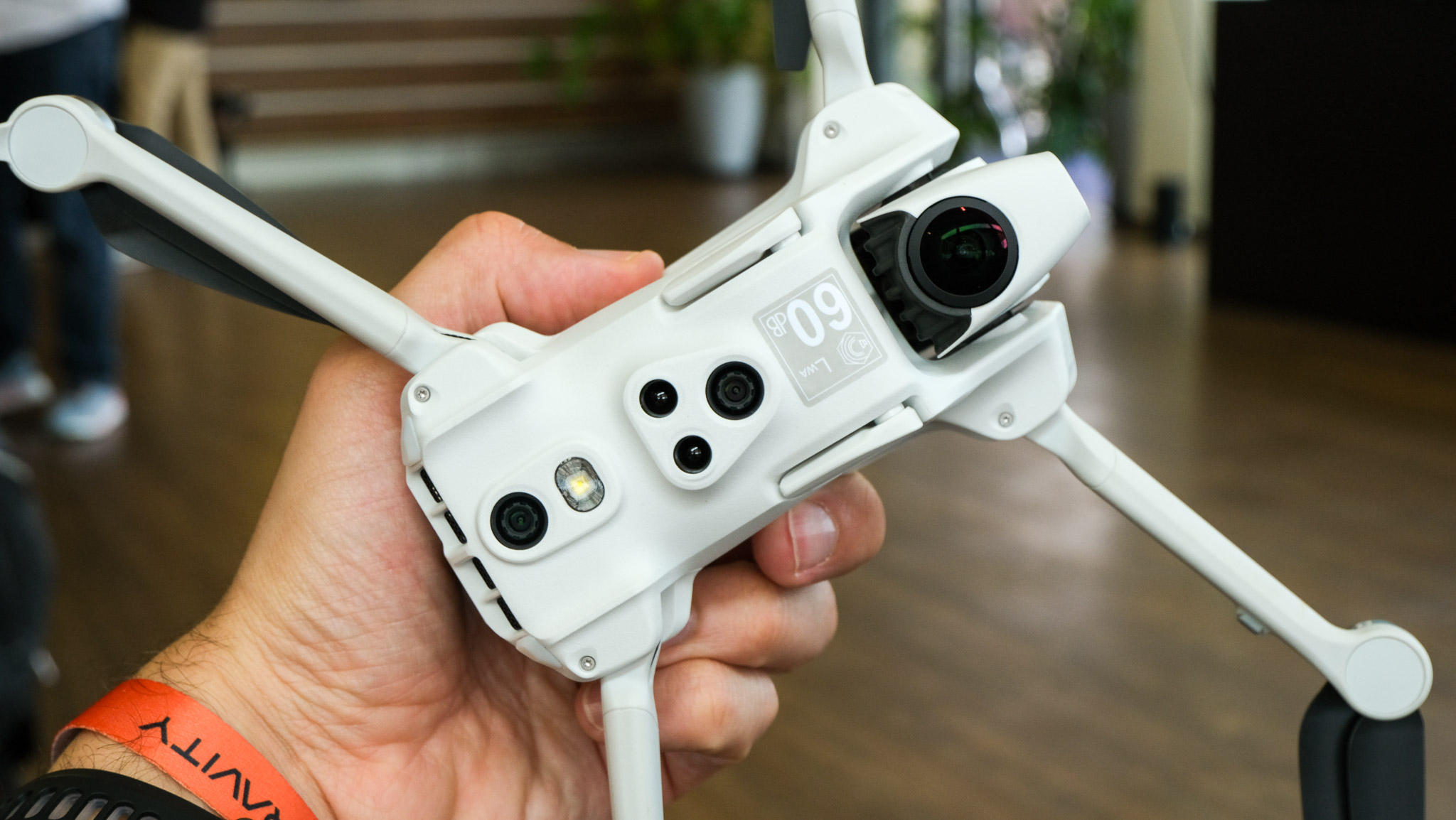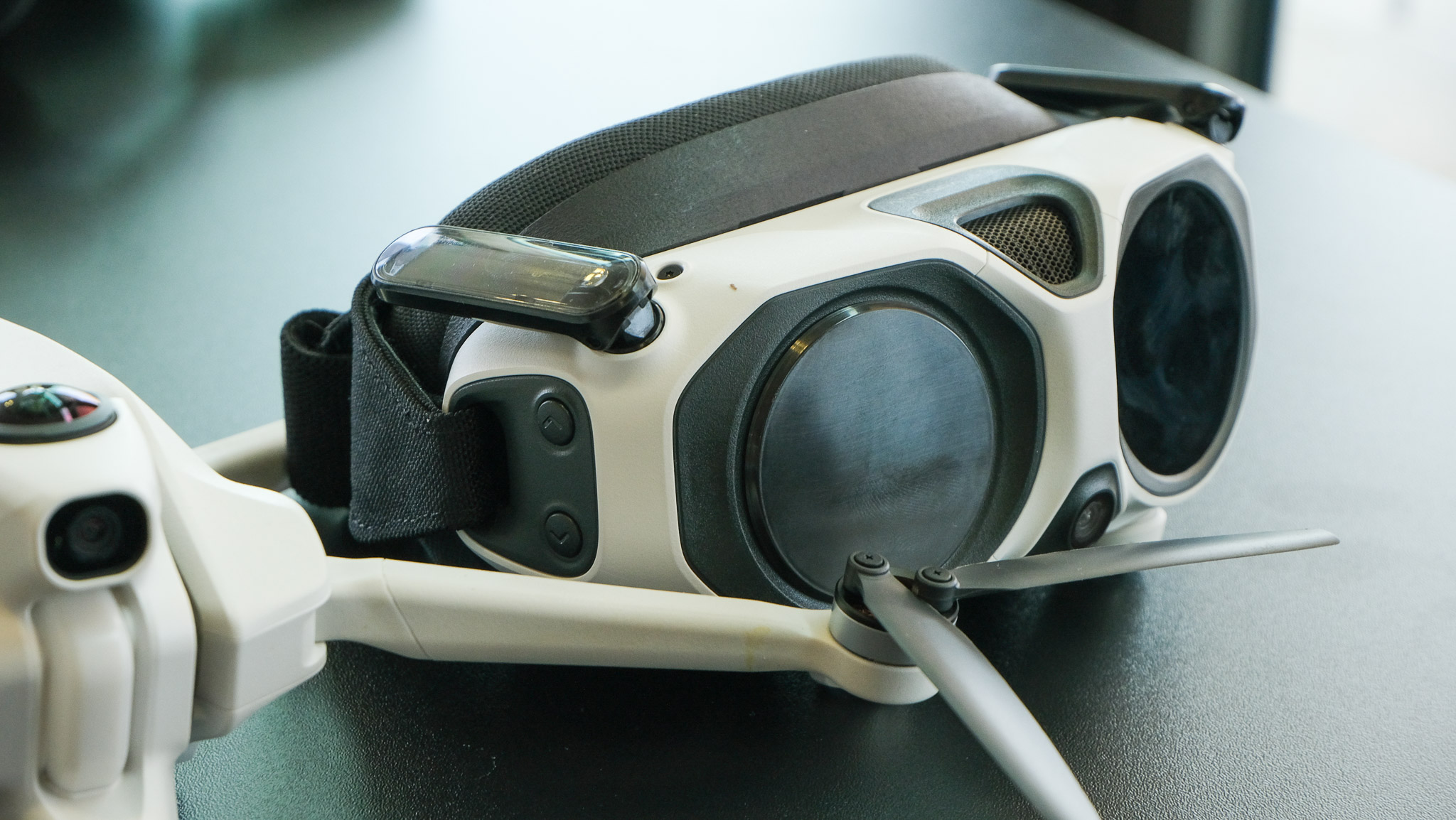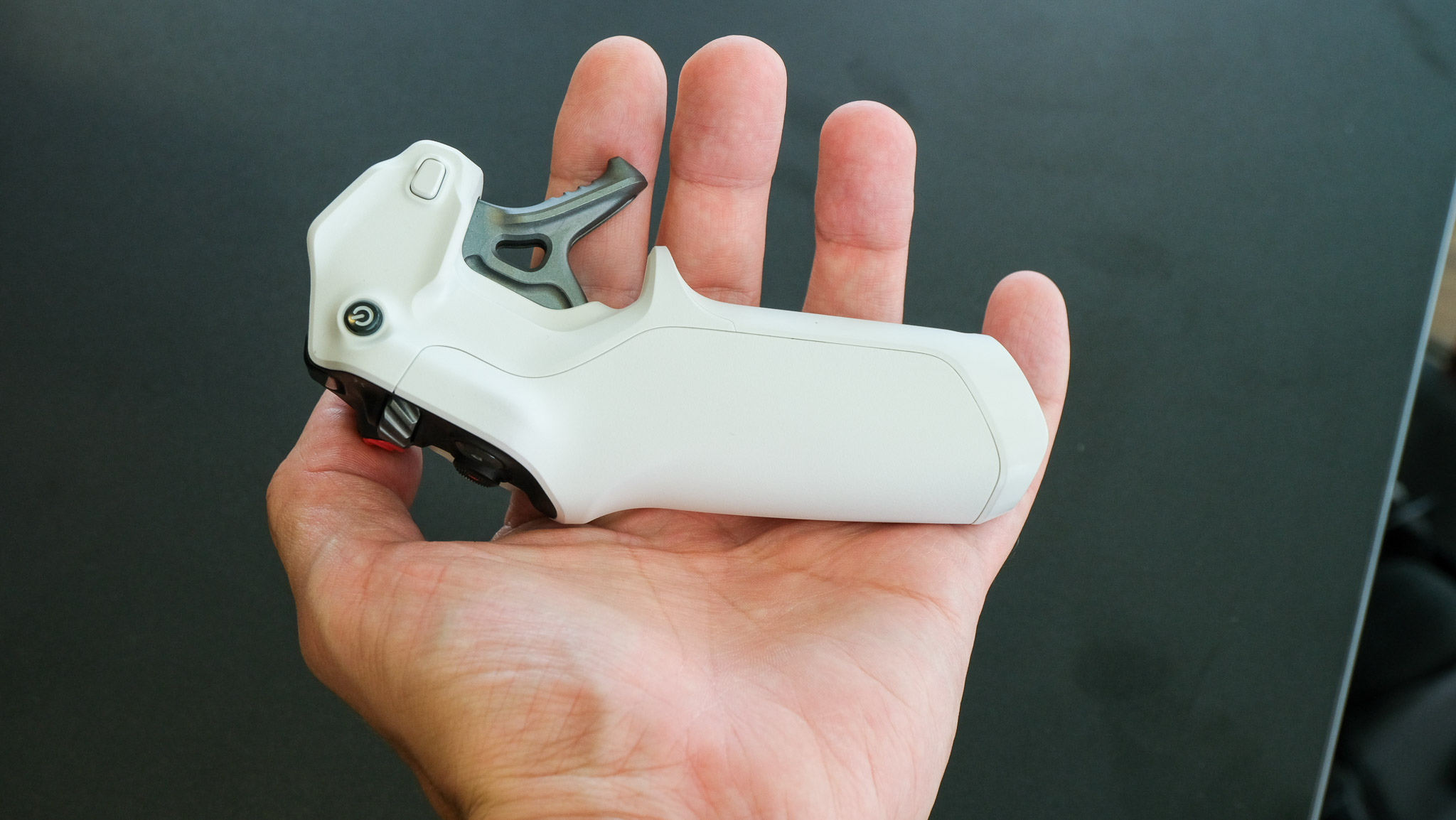I flew the Insta360-spinoff Antigravity A1, and it might change how we think about beginner drones
The world’s first 360-degree drone is like an Insta360 X5 action camera on wings


Antigravity shook up the drone scene in late July 2025 when it heralded the coming of the world’s first 360-degree drone, the A1. The Insta360-incubated brand took the technology that powers the action camera brand’s flagship device, the Insta360 X5, and strapped it onto a drone. The A1 offers a unique point of view and flying experience, as I witnessed it in Germany in June, when I had the opportunity to fly it.
I’m a big fan of Insta360, so the idea of being able to fly one of the brand’s cameras in the air excited me. Insta360 is not only famous for its cutting-edge camera technology but also for its user-friendly software, which makes editing 360-degree footage comparatively easy. Antigravity taps into both with its new drone.
That said, the new brand does more than just regurgitate Insta360 know-how. The A1 drone is one of the most innovative flying cameras I have tested recently, thanks to the videogame-like controls and immersive, almost Apple Vision Pro-like headset. It flips the script and offers a new way of flying drones, nearly putting more emphasis on flying than content capturing.
Before I go any further, it’s worth noting that I tested a beta unit, which didn’t quite have the capabilities of the final model launching later this year. The transmission rate wasn’t quite amazing, but I know that the consumer-ready model will have this sorted out, as we were given an opportunity at the end of the session to try the single headset with the increased frame rate.
What is the Antigravity A1?
The Antigravity A1 is a sub-249g drone, which includes three key components: the A1 drone, the Antigravity Vision goggles and the Antigravity Grip motion controller. The drone features a top-and-bottom camera layout, similar to 360-degree cameras, to capture footage all around.



Most drones have the camera at the front of the unit; the A1 replaces this with sensors. Between the two sensors, there is a (somewhat tacky, in my opinion) light strip that can be customised in the app. The drone has four folding arms and a whole host of additional sensors at the bottom of the unit. It’s so compact when folded that I could hold the A1 in my palm.

The Antigravity Vision goggles are just as unique as the drone itself. They have microLED screens and an external battery that hangs around your neck. They also have a unique feature: people around you can see what you see by looking at the left eyepiece, which has a built-in display facing outwards. It’s an interesting, albeit not flawless, approach that lets people around you ‘enjoy’ the flying experience without piloting.
Get all the latest news, reviews, deals and buying guides on gorgeous tech, home and active products from the T3 experts


Finally, the Antigravity Grip motion controller is a small gadget that, just like the goggles and the drone, provides a different flying experience from other drones. For example, moving your arms upwards will make the A1 ascend, etc. The Grip also has a few buttons, which take a moment to get used to, as you can’t actually see them with the goggles strapped to your face. It feels very intuitive in the hand, that’s for sure.
Flying experience
Antigravity prides itself on providing a beginner-friendly flying experience, and it’s not wrong. Controlling the A1 is as easy as pointing the crosshair in the direction you want to go and squeezing the trigger on the Grip. It’s like playing a POV flying simulator on your gaming console, and it works just as easily.
The A1 might provide a first-person view of the skies, but it’s very different from other FPV drones, like the DJI Avata 2. FPV drones turn when you turn your head, whereas the A1 allows you to look around when the drone itself is flying in a straight line. Antigravity’s drone isn’t quite as fast as the Avata 2, but you can make it look like it is in post (more on this below).
Even though you can look around in the goggles, the cameras collect 360-degree footage (so not just stuff you’re looking at). It’s a bit strange at first, as your brain naturally assumes the drone will fly in the direction you’re facing.
This could lead to potential issues in crowded environments, as I can totally envision beginners flying the A1 into objects as they are looking around left and right. (That’s what all the sensors are for, I guess.)
There is a HUD in the frame, telling you the basic flight information. In my opinion, the information is pushed too much to the side, making it hard to see the drone's altitude and remaining battery life. The Vision goggles can be customised, though, so it’s possible yo ucan change the look of the HUD in the settings (we didn’t have this option).
Nothing takes away from the immersive flying experience, though. It’s a lot of fun flying the Antigravity A1, even if you don’t care about content creation the slightest. This is something the brand likes to emphasise: flying the A1 drone is a pivotal part of the Antigravity experience. And, in my experience, you certainly get a different point of view of things you’ve seen when you pilot the A1.
Content capturing
Flying the drone might be a big pull to try the A1, but realistically, it will be content creators (amateur and professional alike) who would want to try (and buy) the new Antigravity drone. As such, the quality of the footage coming out of the drone is just as important as the flying experience.
As we’ve already established, the A1 is the world's first 360° drone, capable of recording in 8K resolution videos with a "shoot first, frame later" approach. Thanks to the top-and-bottom camera layout, combined with stitching algorithms, the entire fuselage is invisible in the final footage, similar to Insta360's X Series cameras with their invisible selfie stick effect.
As expected, the file size for 8K footage is humongous, but it allows you to create truly unique videos using key frames. Antigravity/ Insta360 also offers AI-powered effects, which can turn otherwise mundane footage – e.g. the drone flying forward – into cinematic masterpieces. We were shown some examples, like the backflip or the horizon split effects, which looked pretty amazing, considering the pilot had nothing to do apart from flying the A1 in a straight line.
Of course, as my example above shows, there is only so much you can do with boring footage. Much like Insta360’s innovative cameras, the A1 and the algorithm can’t help you add action to footage of you flying the drone in an empty parking lot. Similarly, the Insta360 Go 3S might unlock previously unknown creative possibilities, but if you aren’t creative to begin with, it won’t help much.
On a more positive note, thanks to the 360° footage captured by the A1, you can frame and reframe your videos multiple times over. You can have a 16:9 image ratio edit for YouTube and a 9:16 version for Instagram or TikTok. Layer on the different effects, and you have yourself an incredible aerial tool to impress everyone, even if you’re not an experienced pilot.
The future of drone flying?

Of course, it’s a big question whether people would buy the drone so that they can experience the unique POV, as Antigravity hopes. We still don’t know anything about pricing, which will play a huge part in how well the A1 will be received. I expect the combo (drone + goggles + controller) to sell for a slightly more premium price, but only time will tell if I’m right.
During our test flight, some colleagues and I suggested a cheaper version with a basic controller to keep the price down, and Antigravity seemed keen on exploring the possibility. A standard, two-joystick controller with a smartphone display might not provide the same immersive flight experience, but it would allow content creators to access the footage in the app, which might be a pull for many.
The Antigravity A1 is a unique offering that really pushes the boundaries of drone flying. It’s nice to see that companies are trying to move beyond what giants like DJI have to offer. If anything, DJI seems to be on the back foot these days when it comes to innovation, only offering iterative updates to its drones (while battling to stay relevant with the US sanctions looming in the background).
I look forward to flying the A1 more in the coming months to thoroughly test its capabilities. I feel I only scratched the surface of what the drone is capable of during my time in Germany, not to mention the fact that we tested the not-quite-ready version of the A1.
As things stand, the Antigravity A1 might just become the most exciting tech launch this year, but there is more testing to be done before this can be said definitively.

Matt Kollat is a journalist and content creator who works for T3.com and its magazine counterpart as an Active Editor. His areas of expertise include wearables, drones, fitness equipment, nutrition and outdoor gear. He joined T3 in 2019. His byline appears in several publications, including Techradar and Fit&Well, and more. Matt also collaborated with other content creators (e.g. Garage Gym Reviews) and judged many awards, such as the European Specialist Sports Nutrition Alliance's ESSNawards. When he isn't working out, running or cycling, you'll find him roaming the countryside and trying out new podcasting and content creation equipment.
You must confirm your public display name before commenting
Please logout and then login again, you will then be prompted to enter your display name.

